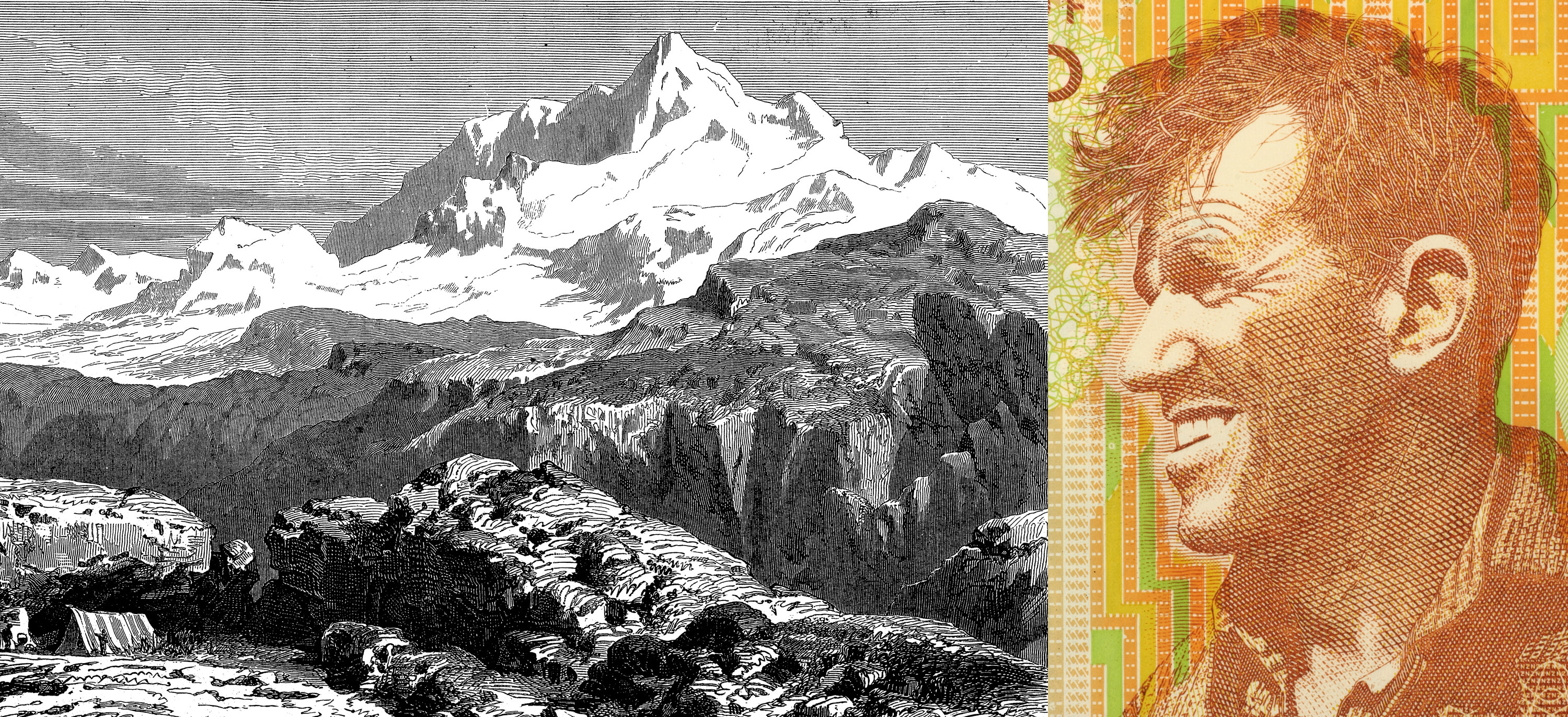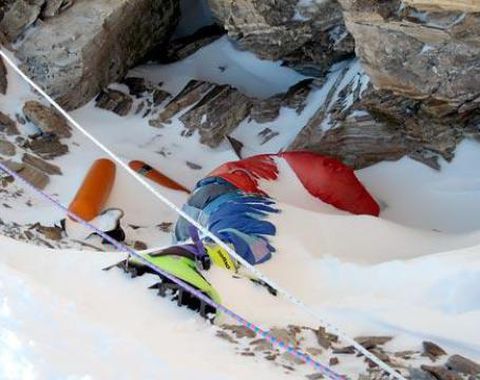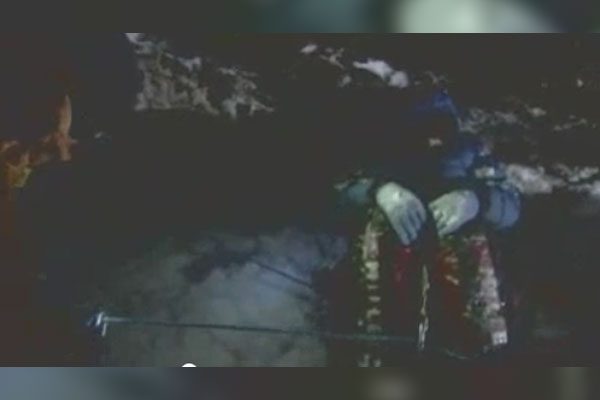In case you didn’t know, Mount Everest is officially the world’s highest mountain. It has an elevation of 8,848 metres, and is situated in the Mahalangur Range of the Himalayas.
Known in Nepal as Sagarmāthā and China as Chomolungma, the mountain’s summit features the international land border that divides Nepal and Tibet (an autonomous region of China). Everest’s neighbouring mountains include Lhotse (8,516m), Nuptse (7,855m), and Changtse (7,580m).
“It’s been estimated that there’s well over 200 dead bodies on Everest.”
Between the years 2005 and 2010, Nepal and China got into a big old argument over whether Everest should be measured by its rock height or its snow height. China argued that the mountain should be measured by its rock height of 8,844m while Nepal claimed it should be measured by its snow height of 8,848m. After some back and forth between the two sides, an agreement was reached that Everest’s official height would be cited as 8,848m and that Nepal would recognise China’s rock height claim of 8,844m (because what’s four metres between friends?)
Everest was given its official English name by the Royal Geographical Society in 1865. Andrew Waugh, who was the British Surveyor General of India at the time, chose to name the big old mountain after his predecessor Sir George Everest. Apparently, George Everest objected to the decision; a reaction we find hard to comprehend. I mean, just imagine having the world’s highest mountain named after you and then not being 100% down with that. Some people, I don’t know.
Mount Everest | Climbing History

Climbing Everest | The First Ascent
Officially speaking, the first ascent of Everest was in 1953 when Tenzing Norgay and Edmund Hillary made it to the summit via the southeast ridge. Tenzing had gone very close to making it only a year earlier when he reached the height of 8,595m as part of a Swiss expedition.
Everest Climbers | 15 Mountaineering Legends Who Conquered The World’s Highest Mountain
One of the great mysteries surrounding Everest’s first ascent, however, is whether a 1924 attempt on the summit was successful or not. George Mallory and Andrew Irvine set out for the top of the mountain on the 8th of June, but never returned. The pair had been spotted high on the mountain that day, but they disappeared from sight when the clouds rolled in. In 1999, Mallory’s body was discovered on the north face at a height of 8,155m. It is still not known whether he died on the way up to the summit, or on the way back down from it.
Bodies On Everest | Deaths On The Mountain

It’s been estimated that there’s well over 200 dead bodies on Everest. Because of the extremely cold temperatures, these corpses are remarkably well preserved. While some bodies are brought back down, the difficulty in retrieving them from such an altitude means many of them are left where they lay. “Green Boots”, thought to be the body of Indian climber Tsewang Paljor who perished in the 1996 Everest disaster, is a landmark that every climber attempting the north east route must pass.
The 1996 Everest disaster, in which eight climbers lost their lives in a single day after getting caught up in a blizzard high on the mountain, is one of the most tragic incidents to befall the mountain. The 2015 film ‘Everest’, starring among others Jake Gyllenhaal, is based on the disaster.
“I think the whole attitude towards climbing Mount Everest has become rather horrifying.”
In April 2014, an ice avalanche on the Khumbu Icefall killed 16 Nepalese guides. The Khumbu Icefall, widely considered to be one of the most dangerous parts of the South Col route to the summit, is also the place where six Nepalese Sherpas died in the 1970 Everest disaster.
In 2015, an earthquake of 7.8 on the Richter scale hit Nepal. This quake triggered an avalanche that hit Everest’s basecamp, and killed at least twenty-two people.
One death on Everest that received a lot of criticism, some from none other than Sir Edmund Hillary, was the death of David Sharp in May 2006. Sharp had already made it to the top of Everest and was on his way back down when he paused for a rest in the “Green Boots” cave about 460 metres below the summit.






